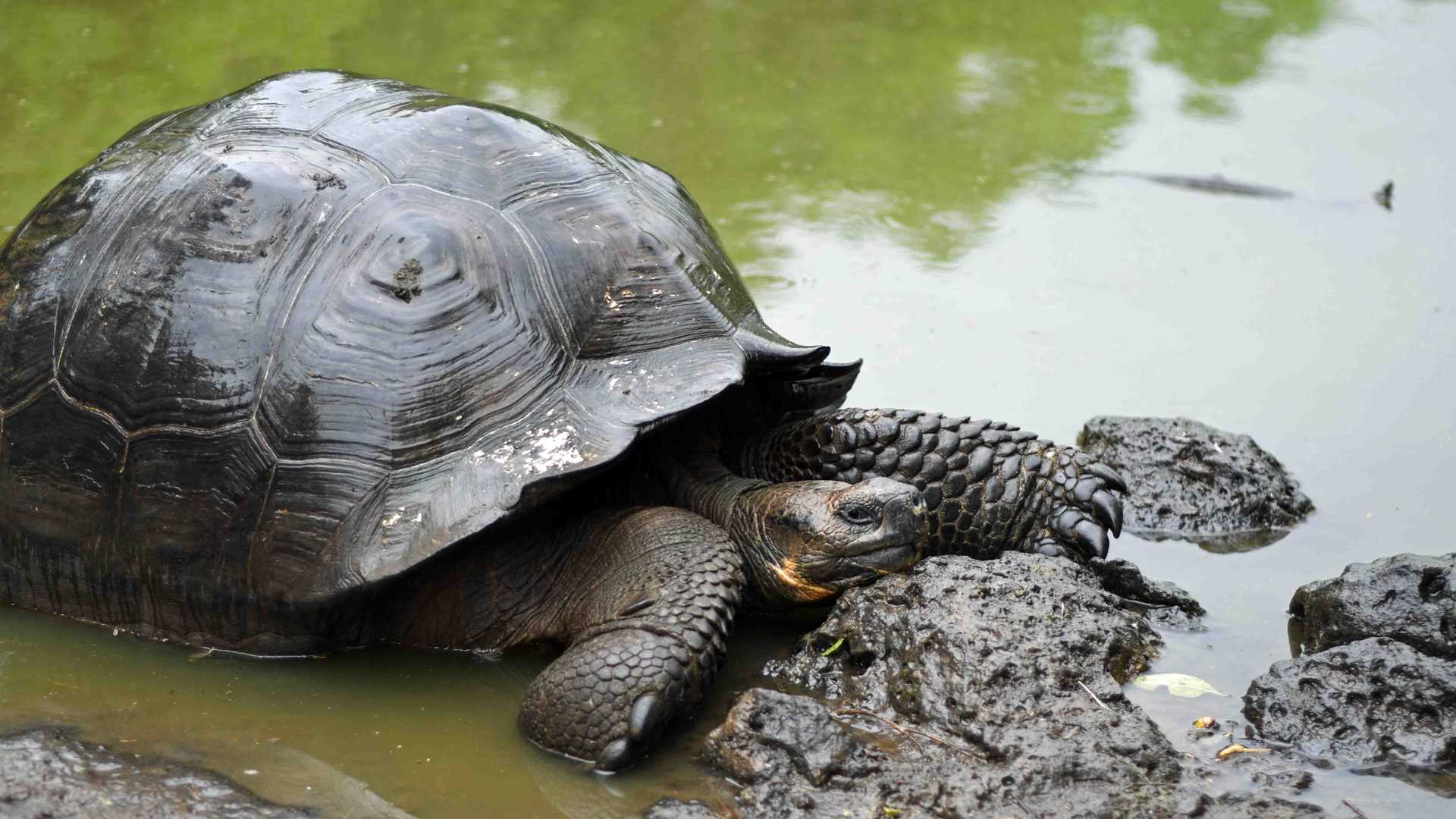Today we explored the most beautiful island of the archipelago according to some naturalists that grew up there: Santa Cruz. Back to civilization after a couple of days, we find cars and people again, but we came here searching for the most iconic animal of the Galapagos and the one that gives it its name, the Galapagos giant tortoise! After a bus ride through the island where our naturalist reported on the ecology, history, and lifestyle of the place, we arrived at our destination, El Mazanillo Ranch, to get a closer look at these majestic animals.
- Daily Expedition Reports
- 08 Mar 2022
Santa Cruz Island, 3/8/2022, National Geographic Endeavour II
- Aboard the National Geographic Endeavour II
- Galápagos
Galápagos Aboard National Geographic Endeavour II
VIEW ITINERARYSign Up for Daily Expedition Reports
Fields with an asterisk (*) are required.
Enter travel details to receive reports from a single expedition
Send Daily Expedition Reports to friends and family
*By clicking the submit button, I authorize Lindblad Expeditions to email me; however, I am able to unsubscribe at any time. For more details, see our Privacy Policy.
Please note: All Daily Expedition Reports (DERs) are posted Monday-Friday,
during normal business hours. DERs are written onboard the ship only and do
not apply to land-based portions of expeditions.







